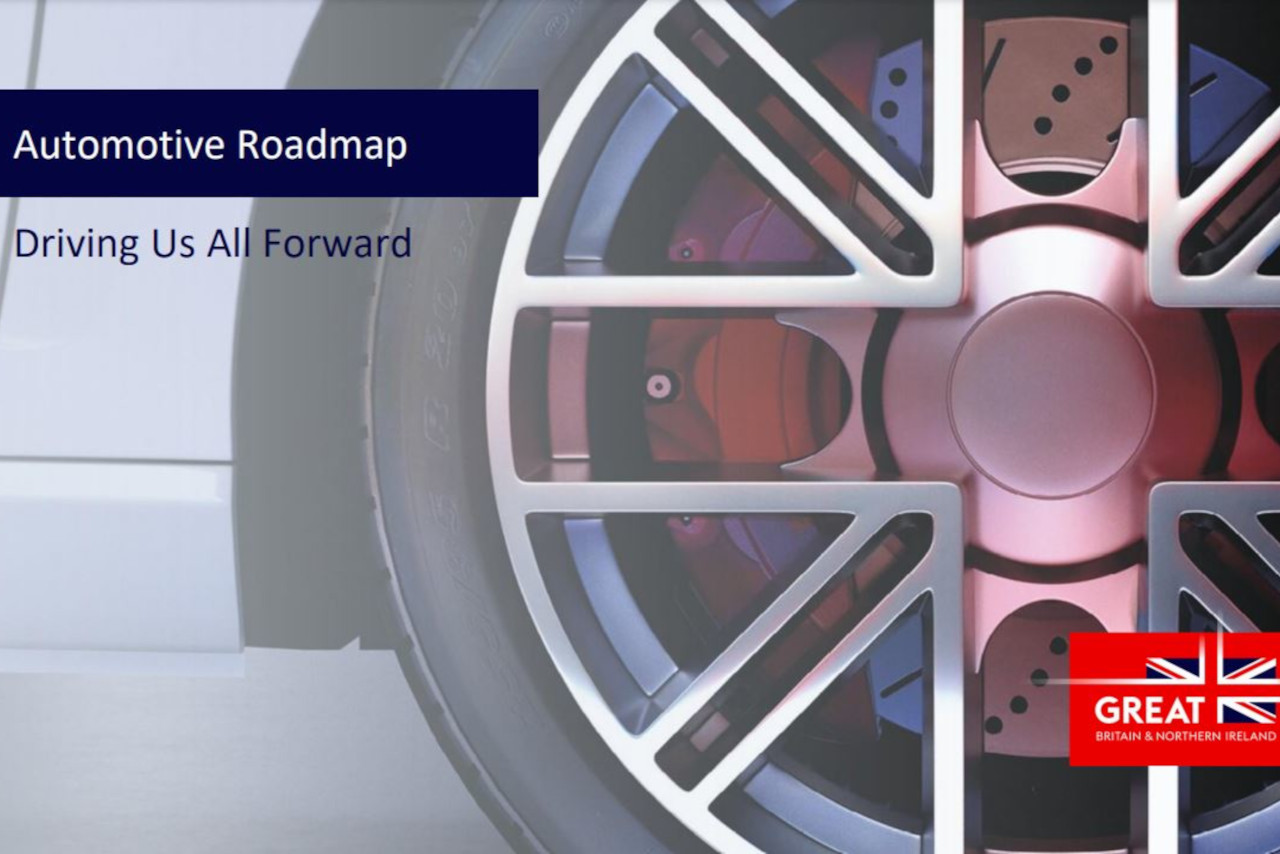The UK government has released their roadmap to phase out the sale of petrol and diesel vehicles as they move towards their net zero target.
The government intends to spend £12 billion by 2030 as part of a 10 point plan for a Green Industrial Revolution. This money will go towards a range of things, from infrastructure and manufacturing to research and development.
In the document, Prime Minister Boris Johnson said: “Our mission is to put the UK at the forefront of the design and manufacturing of zero emission vehicles. We will phase out the sale of new petrol and diesel cars and vans by 2030 and all new cars and vans must be 100% zero emission at the tailpipe by 2035.”
The document goes into detail regarding where the money will be spent. This includes money for battery development, an Advanced Propulsion Centre, electric drivetrain research, and many more.
The roadmap has milestones set out, providing targets and important dates that must be met to achive the 2035 goal. These include goals such as ensuring each motorway service area has at least 6 high powered chargepoints by 2023.
Some of the targets are more general, such as the increase in offshore wind power to 40GW by 2030, which will affect all electrical usage in the UK and not just road power.
As part of the plan, the government intends to have its own fleet of cars and vans fully zero emission by 2027. This should set a good example to other businesses looking to update their fleets.
Other metrics listed in the report include viability studies. Battery production costs have fallen massively since 2010, due to improvements in manufacturing and the economics of scale.
Affordability in general is something the plan is looking at, including plug-in grants and Super Deduction rates for zero emission vehicles.
Supply chains and the manufacturing industry will benefit from the plan, with grants available for electric vehicle parts manufacturers (motors, batteries, and so on) and an investment in research and development.
There are many more steps in the full plan, which can be found here, that make the 2035 target a realistic one.
As more people switch to electric vehicles, more and more support and infrastructure will be needed to supply new electric cars and vans and keep them on the road. This roadmap will align with EV growth and, hopefully, encourage people switch to electric so that the UK can meet its net zero targets.

